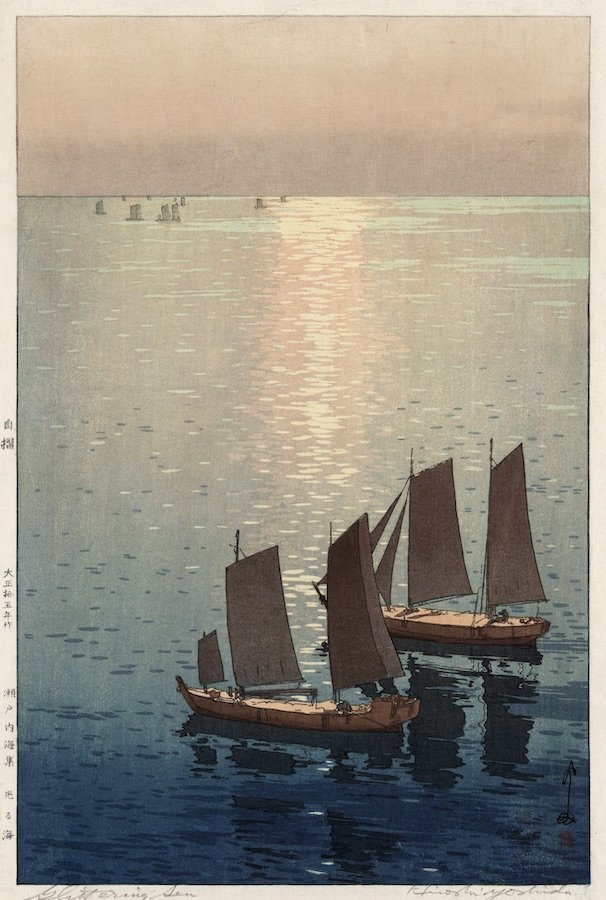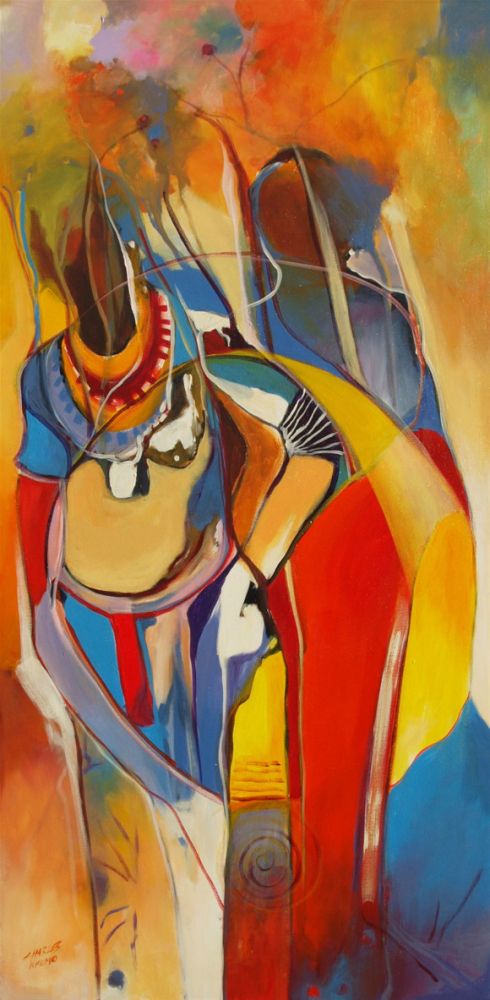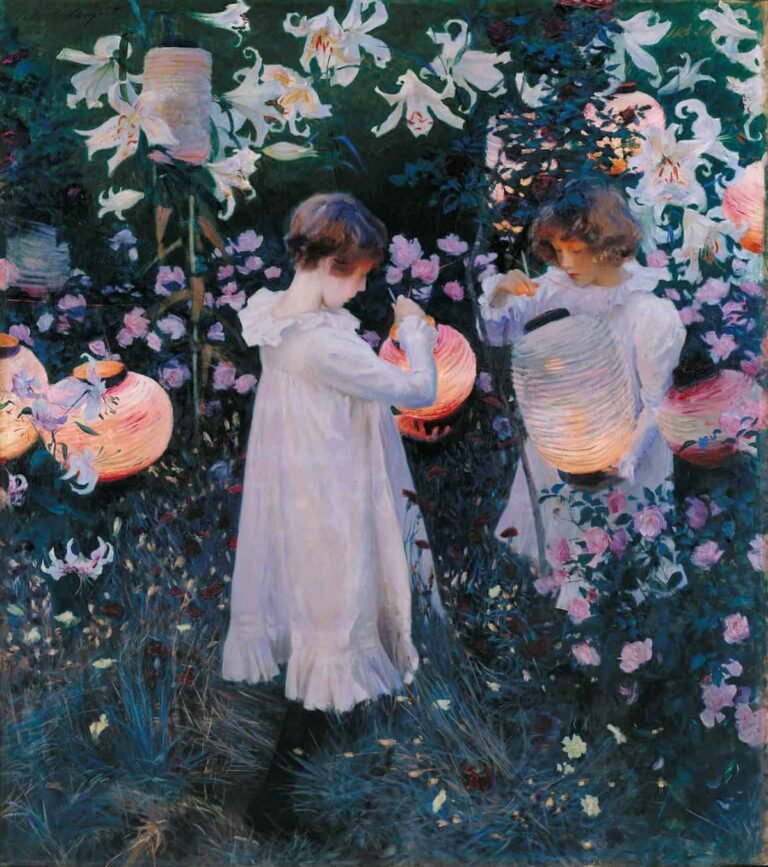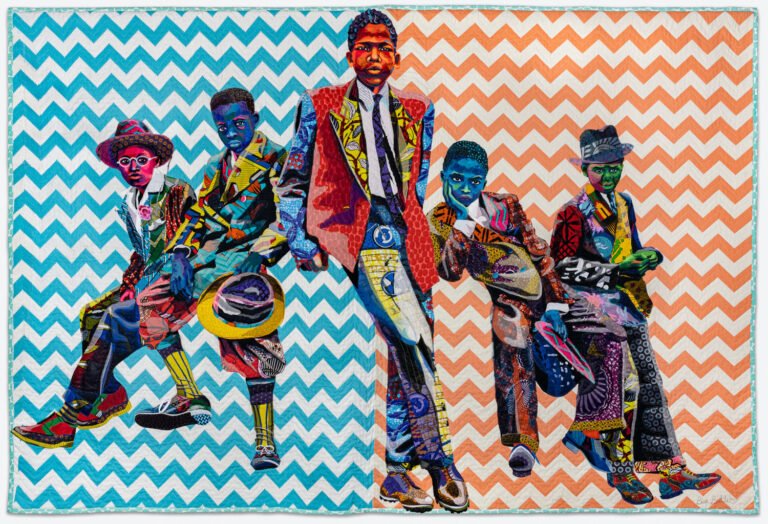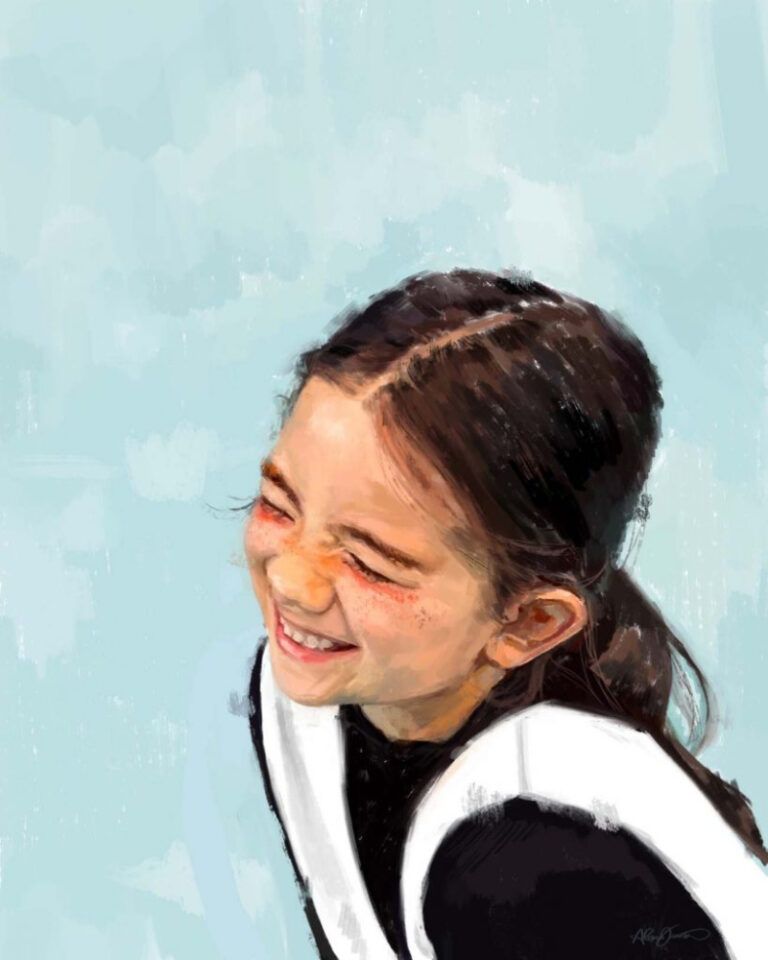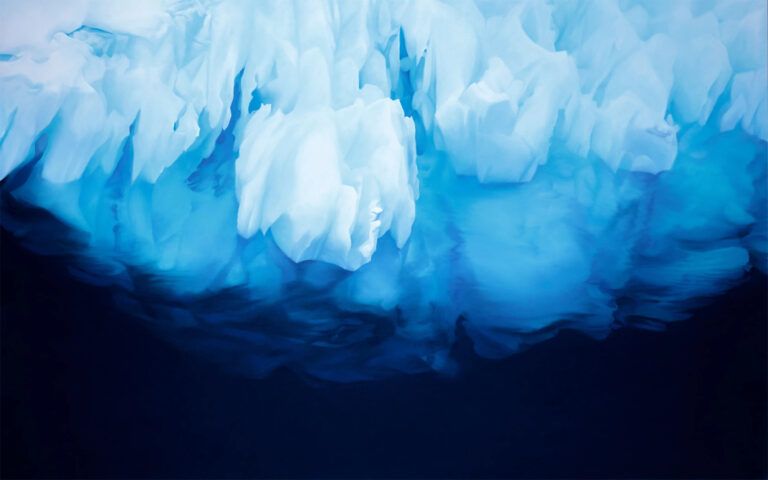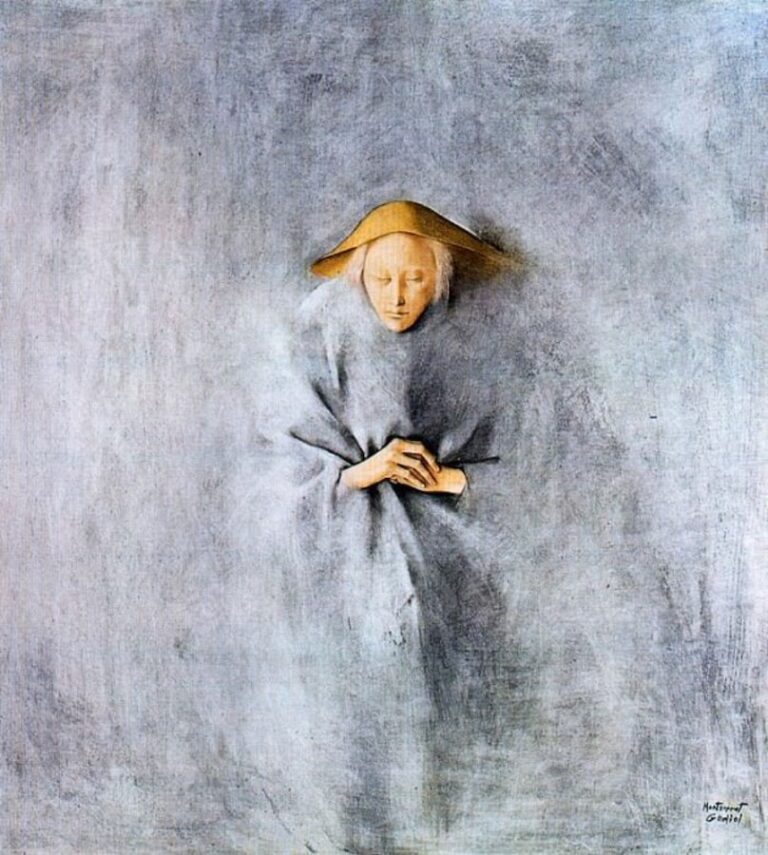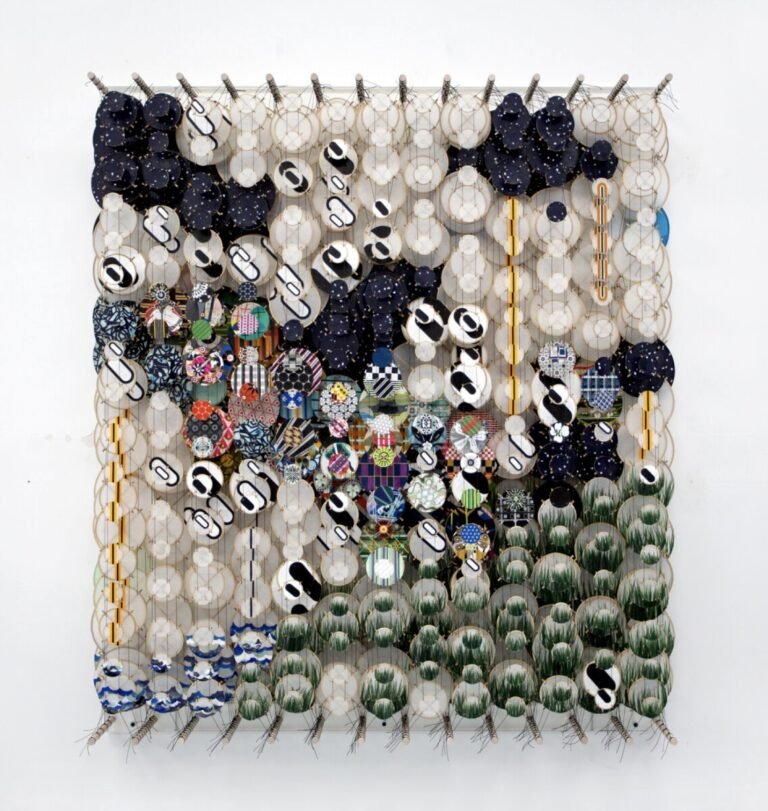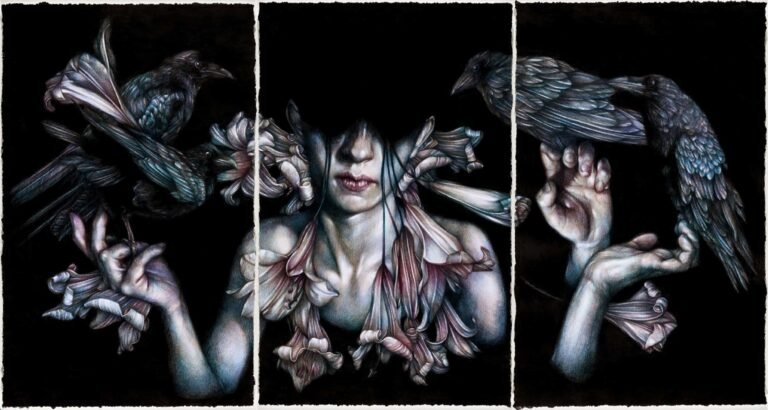b. 1876 – d.1950
Hiroshi Yoshida’s prints beautifully encapsulate the strength of woodblock-printing, and their almost organic artistry as if nature created them itself. Yoshida’s use of natural colours is soft and inviting, with the image never overwrought or crammed full. If anything, his prints feel like an idealistic moment in life; from a rural countryside to the beginnings of a small urban town. It’s a humanity and nature that’s unhurried, and in today’s climate its incredibly appealing.
In Yoshida’s artwork you can barely see the fine outlines of his buildings, the woodblock prints somehow conveying the delicacy of his work, and of the time taken to render the images. When seeing Yoshida’s art you can easily imagine the patience taken in carving the image, to the process of transferring his exquisite details onto paper – it feels historic, and something to handle with care.
 Kagurazaka Dori at Night After Rain, 1929
Kagurazaka Dori at Night After Rain, 1929
Despite the limitations of woodblock printing in producing something layered with dimensions, Yoshida’s prints have a great deal of depth to them. This is due to his full use of scale and proportion techniques, which are further amplified with his carefully placed light signatures – a feature commonly seen in the most stunning of Yoshida’s works; Glittering Sea, 1926. Another trait of Yoshida’s prints is the clarity of his reflections. When most artists still struggle with this today, Yoshida makes it look as though it just flowed from the print itself.
Through repeated visits to the scene’s original setting, Yoshida also recorded a reflection of Japan’s atmosphere in the early 20th century. His prints analysing the effects of different times upon them, for example in his prints of Matterhorn, 1925 he presents the same town looking at the difference between night and day, and capturing a scene now changed by time.
 Matterhorn, (‘Day’ and ‘Night’) 1925
Matterhorn, (‘Day’ and ‘Night’) 1925
Yoshida’s scenic prints also encompass man-made elements within nature’s landscapes; from breath-taking architecture of inns, temples, and towns etc, to a person’s livelihood; with carts and boats – the presence of these people felt while their actual representation is minimal in comparison to what surrounds them. A grand backdrop of nature. Its magnificence balancing with or far outweighing anything human, in some cases it even takes the forefront of architectural scenes Hirosaki Castle (1935). The awe and inspiration of nature always being apparent in Yoshida’s art.
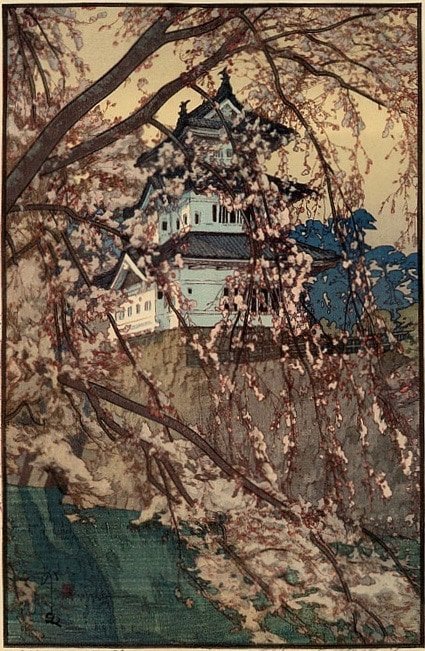 Hirosaki Castle, 1935
Hirosaki Castle, 1935

